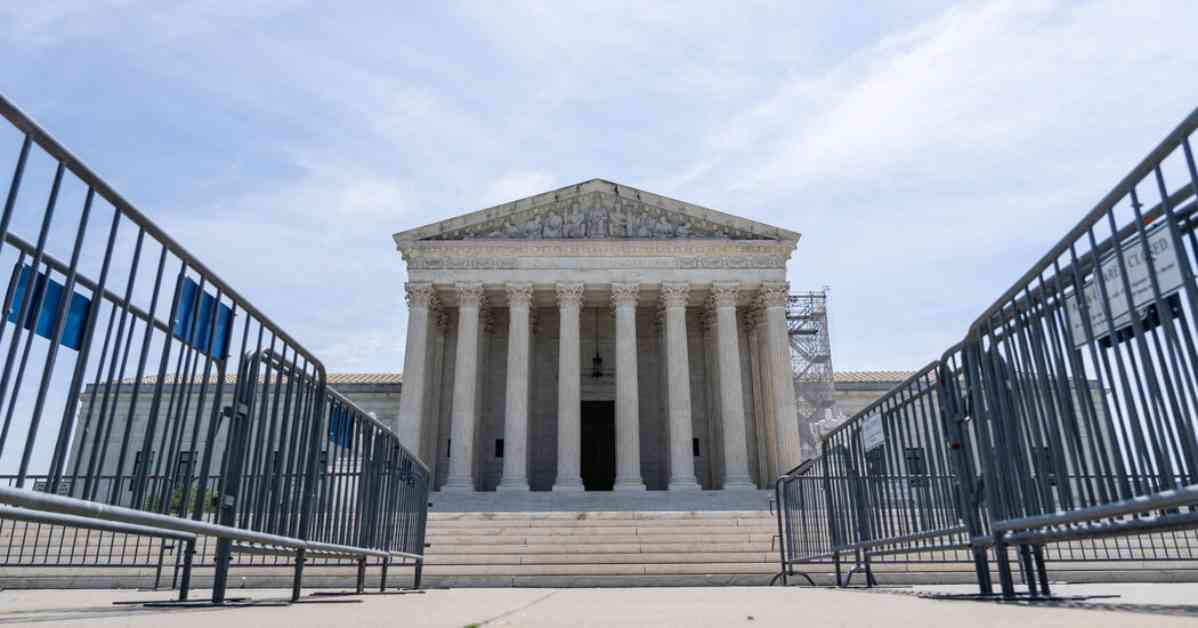The Supreme Court term that recently concluded was marked by significant turmoil and power shifts among the justices. Chief Justice John Roberts managed to assert his authority in the midst of dysfunction, while Justices Clarence Thomas and Samuel Alito saw a decrease in their influence.
Former President Donald J. Trump experienced a series of victories at the Supreme Court, including rulings that granted him immunity from prosecution related to the 2020 election and allowed him to seek another term despite constitutional restrictions. On the other hand, administrative agencies faced setbacks as the conservative majority on the court overturned key precedents and limited agency power.
The court itself tackled a wide range of major issues, from voting rights to public corruption, and played a central role in shaping American society. Despite facing criticism and a decline in public approval, the justices continued to take on controversial cases and make decisions along partisan lines.
The court’s decisions this term highlighted a lack of consensus, with a record number of concurring opinions and a high rate of divided 6-3 votes. The ideological divide among the justices was stark, with some being among the most conservative and liberal in recent history.
Interestingly, the data shows that the Trump-appointed justices were not necessarily the most conservative on the court. While the former president saw personal victories, his administration had the lowest success rate in the modern era at the Supreme Court.
Overall, the Supreme Court term showcased a highly polarized and contentious atmosphere, with the justices playing a significant role in shaping the nation’s laws and policies. As the court continues to grapple with divisive issues, the impact of a divided Supreme Court on American democracy remains a critical concern for the future.




